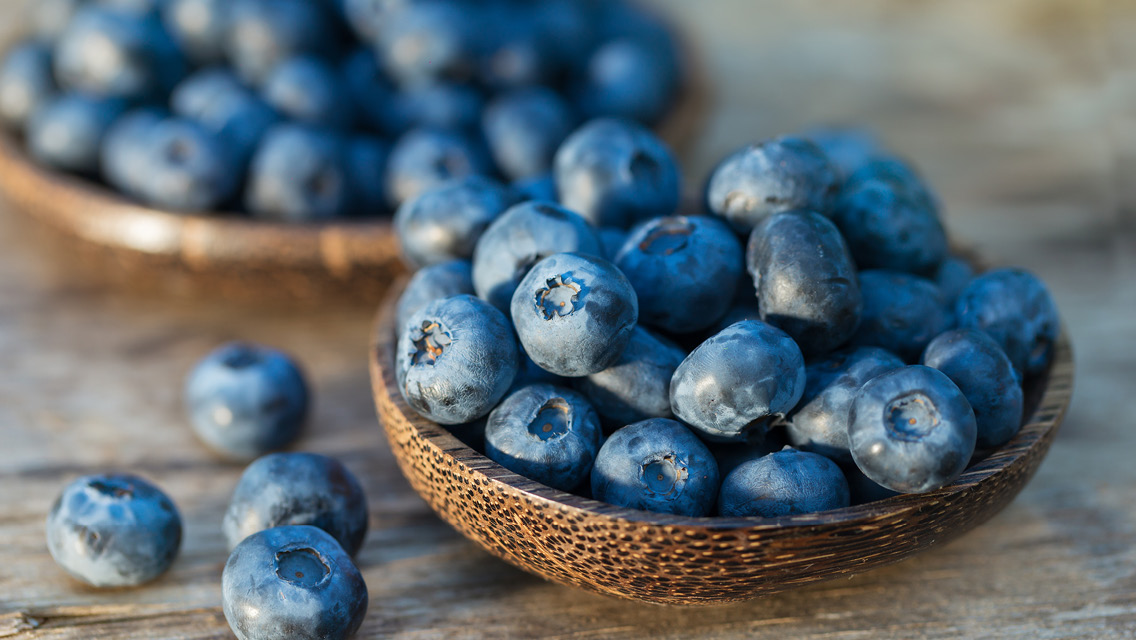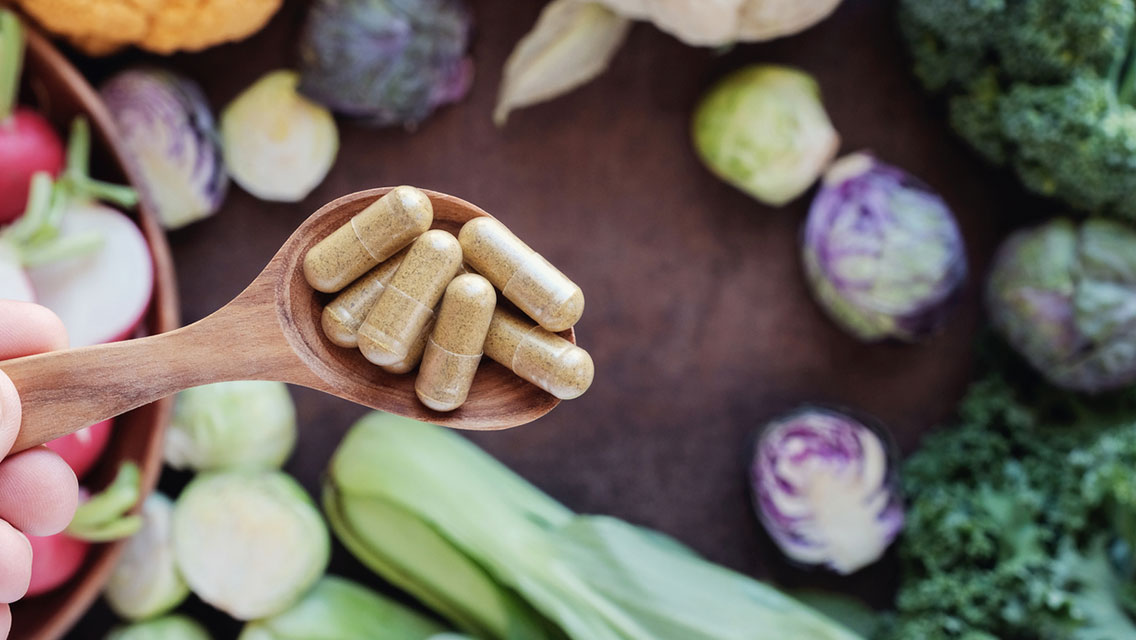When the Spanish adventurer Juan Ponce de León set foot on what would become the United States, he was looking for a “fountain of youth” whose waters would restore health and vigor. Unfortunately for Juan, he set foot in Florida: Beautiful, but no fountain.
Had Juan traveled northeast to Omaha, Neb., and waited about 400 years, he might have actually encountered the key to lasting youth – or at least met the man who would discover it. Denham Harman, the trailblazer who will now go down in history as the “Father of Life-Extension Medicine” is not a swashbuckling buccaneer but a mild-mannered molecular biologist and Professor Emeritus of Medicine and Biochemistry at the University of Nebraska Medical Center.
Fifty years ago, Harman sat at his desk on a cold November afternoon thinking about the aging process – something he’d been mulling over for a decade – when the words “free radical” crossed his mind. A new theory of aging ensued, linking the atomic process of oxidation (the same process that rusts your car and turns a cut apple brown) to the anatomical process of becoming a geezer.
Free radicals and antioxidants are major players in a series of complex molecular interactions that preserve the balance of life. But they also cause the accumulation of cellular-level changes (“aging”) that increase the risk of death. One reason these changes do not occur very quickly in living humans (compared to how fast raw meat spoils, for example) is because our cells have antioxidant defenses to fight against the forces of decay. Essentially, antioxidants (like vitamin C, vitamin E, carotenoids, flavonoids, and various other enzymes and co-factors – see “Skipping Biology Class?” below) come to our cells’ rescue in what would otherwise be an unthwartable atomic attack.
By keeping this cellular guard armed and healthy, Harman suggests, we can continue the good fight – at near optimum levels – until late in life. The idea is not merely eking out a few more stubborn years at the end of life, but to extend one’s active, productive years so that aging does not include the waning in fitness, loss of vision, gray hair and nose-dive into disease and infirmity that many of us have come to associate with it.
The Granddaddy of Anti-Aging Interviews
We caught up with Denham Harman in his office at the University of Nebraska College of Medicine in Omaha. At 86, surrounded by books and research papers, the thin-framed Harman still has a firm handshake and works tirelessly in the field of life-extension medicine, a discipline that owes him its very existence.
Experience Life | What is a free radical, and why is it a bad thing?
Denham Harman | It’s a bad thing only because free-radical mutations in human cells cause aging and death. It’s a good thing when you consider that these same changes helped generate life in the first place. In biological systems, free radicals create evolutionary mutations. But they limit the lifespan of every living organism, too, which preserves ecological balance. You can’t have a life form that reproduces but never dies.
In the simplest terms, free radicals are unstable atoms that rob electrons from other atoms to stabilize themselves, and thereby create new free radicals that repeat the process. Since oxygen plays such an important role in our bodies, most of these reactions are attributed to oxidation. As you and I sit here, a slight inefficiency in our cellular respiration turns between 1 and 3 percent of the calories we are burning into free radicals.
EL | What is an antioxidant, and why is it a good thing?
DH | Most free radicals in our body are caused by reactions with oxygen. A similar process occurs when you leave butter on the kitchen counter and it turns rancid. Antioxidants are molecules that combine with free radicals and stop this reaction, limiting cellular damage.
EL | So oxygen harms us?
DH | Yes and no. We depend on oxygen to produce ATP, the fuel our muscles burn, but the system is not 100 percent efficient. A few errant oxygen molecules cleave electrons off cell molecules, primarily in the mitochondria, our cell’s power plants, and damage cell membranes. By improving the efficiency of cellular respiration through exercise, and by aiding the antioxidant disposal system, we can mitigate the damage of oxygen and slow cellular degeneration.
EL | But doesn’t exercise cause antioxidant damage?
DH | While you exercise, whether it’s weights or running, you do increase free-radical reactions dramatically. But you also increase cell efficiency and, especially through aerobic exercise, increase the number of mitochondria in your muscle cells. This means each mitochondrion has to process less oxygen when you’re not exerting yourself. In effect, your system produces fewer free radicals throughout the day because it burns calories in a cleaner fashion. Exercise also enhances your immune system – so don’t stop working out.
EL | Do vitamin supplements really help?
DH | There’s some evidence that over the last 50 years an increase in antioxidant supplementation mirrors an increase in average life expectancy (ALE), as well as a decrease in cardiovascular disease. We can’t attribute all of the improvement in ALE to antioxidant supplementation, but as conventional medical advances peak, the only thing that we can improve upon is the aging process. Antioxidants have proven to slow degeneration due to aging and helped to prevent diseases such as arteriosclerosis and certain cancers.
EL | Which vitamins should we take?
DH | We’re still studying the effects of many nutritional compounds, both natural and synthetic. Different antioxidants reach different parts of the body. For example, procyanidins, extracted from grape seed, concentrate in the small vasculature of the body. Vitamin C, which is water soluble, has a generalized effect, but does not enter the cells so easily. Vitamin E works in fatty tissues and combines synergistically with ascorbic acid. The idea is to take a variety of antioxidants in moderate doses to assure you get antioxidant action over your entire system, without creating imbalances. Taking too much of certain antioxidants, especially the fat soluble ones like vitamin E, can actually interfere with mitochondria function.
EL | What supplements do you take?
DH | I take 500 milligrams (mg) of vitamin C three times daily; 400 international units (IU) of vitamin E; 25,000 IU of beta-carotene; 100 micrograms of selenium; and 15 mg of zinc. But again, my choices only represent a good guess about my own needs, not a set prescription for others.
EL | You recommend eating whole foods. Is there a qualitative difference between whole foods and vitamin supplements?
DH | The trouble with taking supplements is that it’s difficult to get everything you need in pill form. The trouble with fruits and vegetables is that it’s difficult to get what you need in sufficient quantity. When you’re very young, a diet rich in fruits and vegetables might suffice, but as you get older, you’d have to eat enormous amounts to get enough antioxidants to make a difference. So I recommend doing both.
EL | What does the future of aging look like?
DH | For me, it looks a little bleak right now. But for you and your children it looks very bright. Average life expectancy at birth will plateau at about 85 years. We’re not going to go too far beyond this. But there are antioxidant compounds in development to decrease the degeneration of mitochondria. As these become available and we can decrease the rate of free-radical damage we can increase the healthy lifespan. It’s the healthy, productive lifespan that counts for more than ultimate lifespan. So keep exercising, eat right, and don’t worry.
Skipped Biology Class?
Free radicals are atoms (or atomic groups) that contain unpaired electrons. Many times these rogue electrons are created as a result of oxidation (a process by which oxygen breaks apart the molecular structure of cells). Since electrons prefer to exist in a paired state, once broken off, these lone electrons run around scavenging new electron partners. Often, they nab electrons from other cells’ atoms, thereby converting those atoms into secondary free radicals and setting up a destructive chain reaction.
Antioxidants absorb free radicals, terminating free-radical chain reactions, thereby preventing further damage to vital molecules. Scientists are now studying how antioxidant nutrients and enzymes can be best employed to stave off disease, tissue damage and aging. The least you need to know? Free radicals are part of life. They are generated by exercise, eating, pollution, smoking, stress, radiation and the simple act of being alive. If you want to minimize free-radical activity in your body, overeating and being sedentary (or exercising vigorously but occasionally) are probably the worst things you can do. Eating lots of fresh fruits and vegetables, getting regular exercise and taking recommended dosages of antioxidant supplements are probably the best.
Free Radicals and Fitness
Exercise – which is mostly good for you – does expose your body to increased free-radical damage. This is mainly because exercise increases oxygen consumption. Oxygen is the culprit in most free-radical activity because of its role in converting carbohydrates into ATP, or muscle fuel. While this conversion happens with about 95 percent efficiency, during the atomic reorganization a certain number of oxygen molecules inevitably become unstable. They break off and become hell-bent on attaching themselves to other formerly stable molecules, thereby triggering an atomic chain reaction that effectively works to age you.
This is especially true for “weekend warriors” and other occasional, unfit or untrained exercisers whose oxygen consumption is inefficient. Regular exercise, on the other hand, has been shown to enhance the antioxidant defense system and protect against exercise-induced free-radical damage by making the body’s use of oxygen more efficient. Still, extreme and vigorous activity (80% max heart rate 5 times a week), especially after age 30, can exhaust your body’s natural store of antioxidants. This is why antioxidant supplementation is especially important for active adults. Vitamin E, beta-carotene and vitamin C are all highly recommended for general health and optimal athletic recovery.
This article has been updated. It was originally published on July 1, 2002.




This Post Has 0 Comments